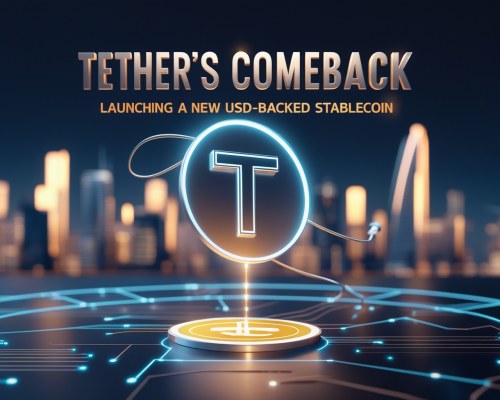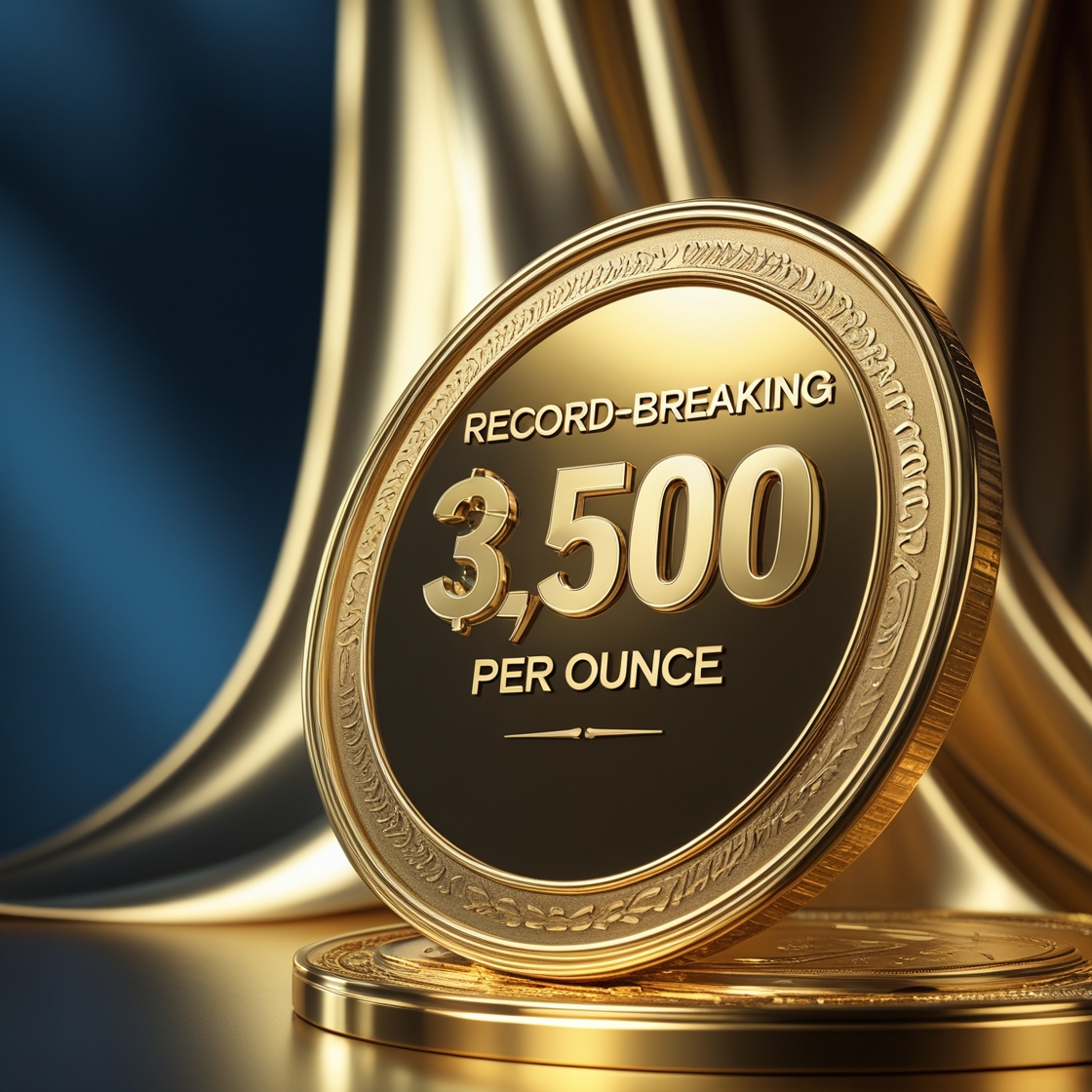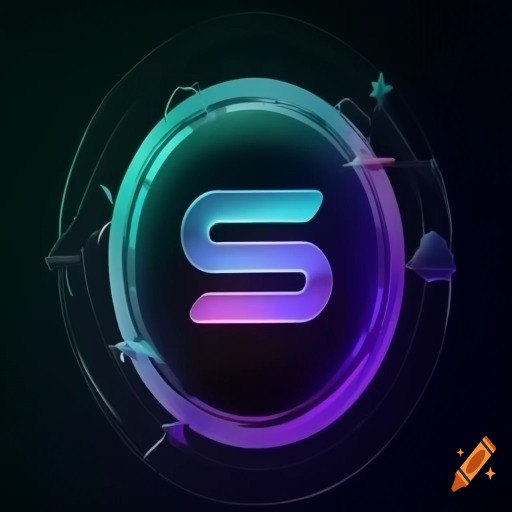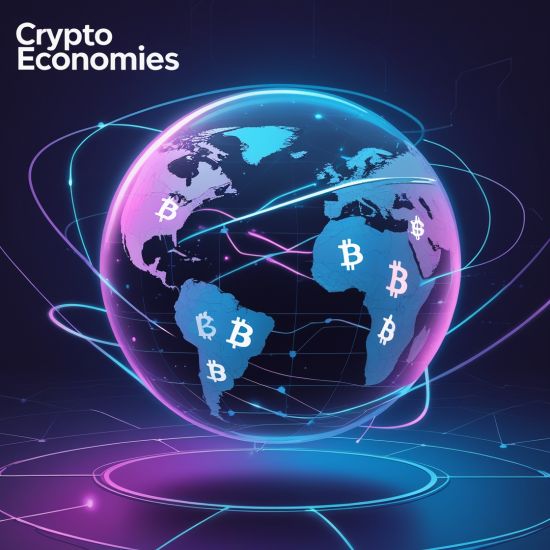USDC stablecoin market cap hits all-time high

The USDC stablecoin is gaining traction, having surpassed a market cap of $60 billion. Its supply has hit a new high of $60.2 billion, reflecting a 100% increase compared to last year.
USDC Surges Past $60 Billion: A Deep Dive
The USDC stablecoin is hitting new heights! Its market capitalization (basically, all the USDC in circulation) has blown past $60 billion. That's a big deal, showing a growing confidence and usage of USDC in the crypto space. We're talking about a doubling in size compared to last year, which signals some serious adoption.
Under the Hood: Where's All the USDC?
Breaking it down, most of the USDC lives on the Ethereum blockchain (around $36 billion). Ethereum's robust smart contract capabilities and wide DeFi ecosystem make it a natural home. Solana is coming up strong with about $10 billion, showing its increasing popularity for faster and cheaper transactions.
Circle's Expansion Efforts:
Circle, the company behind USDC, isn't sitting still. They've recently launched USDC in Japan, aiming to tap into that market. Even more interestingly, they're planning to natively launch USDC on Ethereum Layer 2 networks. Think of Layer 2s as highways built on top of Ethereum, designed to handle more traffic (transactions) at faster speeds and lower costs. This means USDC could become even more accessible and efficient.
Speed Boost!
The USDC inter-chain transfer protocol got a major upgrade. Now, moving USDC between different blockchains should happen in seconds. This is thanks to Circle's Cross-Chain Transfer Protocol. This makes using USDC across different decentralized applications (DAPPS) much smoother.
About USDC Stablecoin:
USDC (USD Coin) is a type of cryptocurrency called a stablecoin. Its value is pegged to the US dollar on a 1:1 basis. This means that for every USDC in circulation, Circle claims to hold an equivalent amount of US dollars or highly liquid assets (like US government bonds) in reserve. The purpose of a stablecoin like USDC is to provide a stable and predictable value within the volatile world of cryptocurrencies. This makes it useful for:
Trading: Traders can use USDC to quickly move in and out of positions without having to convert to fiat currency (like USD).
DeFi (Decentralized Finance): USDC is used extensively in DeFi protocols for lending, borrowing, and yield farming.
Payments: USDC can be used for everyday transactions, especially where faster and cheaper alternatives to traditional banking are needed.
Compatible Blockchains:
USDC is designed to be interoperable and runs on multiple blockchains, including:
Ethereum: The original and most widely used blockchain for USDC.
Solana: Known for its high speed and low transaction costs.
Algorand: A blockchain focused on scalability and security.
Avalanche: Offers fast transaction speeds and customizable blockchain networks.
Stellar: Designed for cross-border payments.
Tron: A blockchain platform focused on decentralized entertainment and content sharing.
Polygon: A Layer-2 scaling solution for Ethereum that offers faster and cheaper transactions.
Security and "Guaranteed" Redemption
Circle claims to be fully compliant with regulations and undergoes regular audits by independent accounting firms (like Grant Thornton) to verify its reserve holdings. These audits are published monthly for transparency.
Coinbase is a founding member of the Centre Consortium, which developed the USDC standard. Coinbase does offer easy ways to buy, sell, and store USDC.
Redemption: Circle claims you can redeem USDC for USD at a 1:1 ratio. However, it's important to note that redemption is subject to Circle's terms and conditions, and there have been concerns raised about the exact composition of the reserves (the type of assets held). While Circle aims for high liquidity and safety, there is always some level of risk involved.
USDC vs. Other Stablecoins:
Here's a brief comparison:
USDC (USD Coin):
Advantages: Transparent reserves (audited), regulated, widely accepted.
Disadvantages: Centralized (controlled by Circle), potential regulatory risks.
USDT (Tether):
Advantages: Most liquid stablecoin, widely used.
Disadvantages: Opaque reserves (historically), regulatory scrutiny.
DAI (Decentralized Stablecoin):
Advantages: Decentralized (governed by a DAO), transparent smart contracts.
Disadvantages: Can be more volatile than centralized stablecoins (partially collateralized by crypto assets).
Conclusion:
USDC has become a major player in the crypto world due to its stability, transparency, and perceived utility. However, understanding the underlying mechanics and comparing it to other stablecoins is crucial to making an informed decision. Each stablecoin has its own unique characteristics. It is best to determine your goals and priorities before making a purchase to ensure that you buy the best stablecoin for your needs.
Related News


Add a Comment
Please login to your account to post a comment.
Popular News
A Golden year for gold Could Bitcoin reach new price highs following gold lead?
2024-09-27 07:39:00
Meta $4.5 billion loss in the last 3 months. Metaverse bubble destruction domino activated?
2024-08-02 13:44:00
Important tips for the successful entry of inexperienced people into digital currencies
2024-03-14 10:32:00
TonKeeper Wallet Tutorial
sunswap review
comprehensive coinbase exchange review











cryptoeconomie is an independent media outlet covering the cryptocurrency industry. Its journalists adhere to a strict set of editorial policies. cryptoeconomie has adopted a set of principles aimed at ensuring the integrity, editorial independence and freedom from bias of its publications. cryptoeconomie provides essential analysis of the cryptocurrency market. Our goal is to inform, educate and share valuable information with our readers. Our editorial content is based on our passion for providing unbiased news, in-depth analysis, comprehensive cryptocurrency price charts, insightful opinions, as well as regular reporting on the social transformation that cryptocurrencies are bringing. We believe that the world of blockchain and cryptocurrencies will grow exponentially and become an integral part of our daily lives. We work every day to help educate our readers and raise awareness of the complexities and benefits offered by today’s digital revolution.
Categories
© Copyright 2025 cryptoeconomie.com . Design by: uiCookies
























Comments